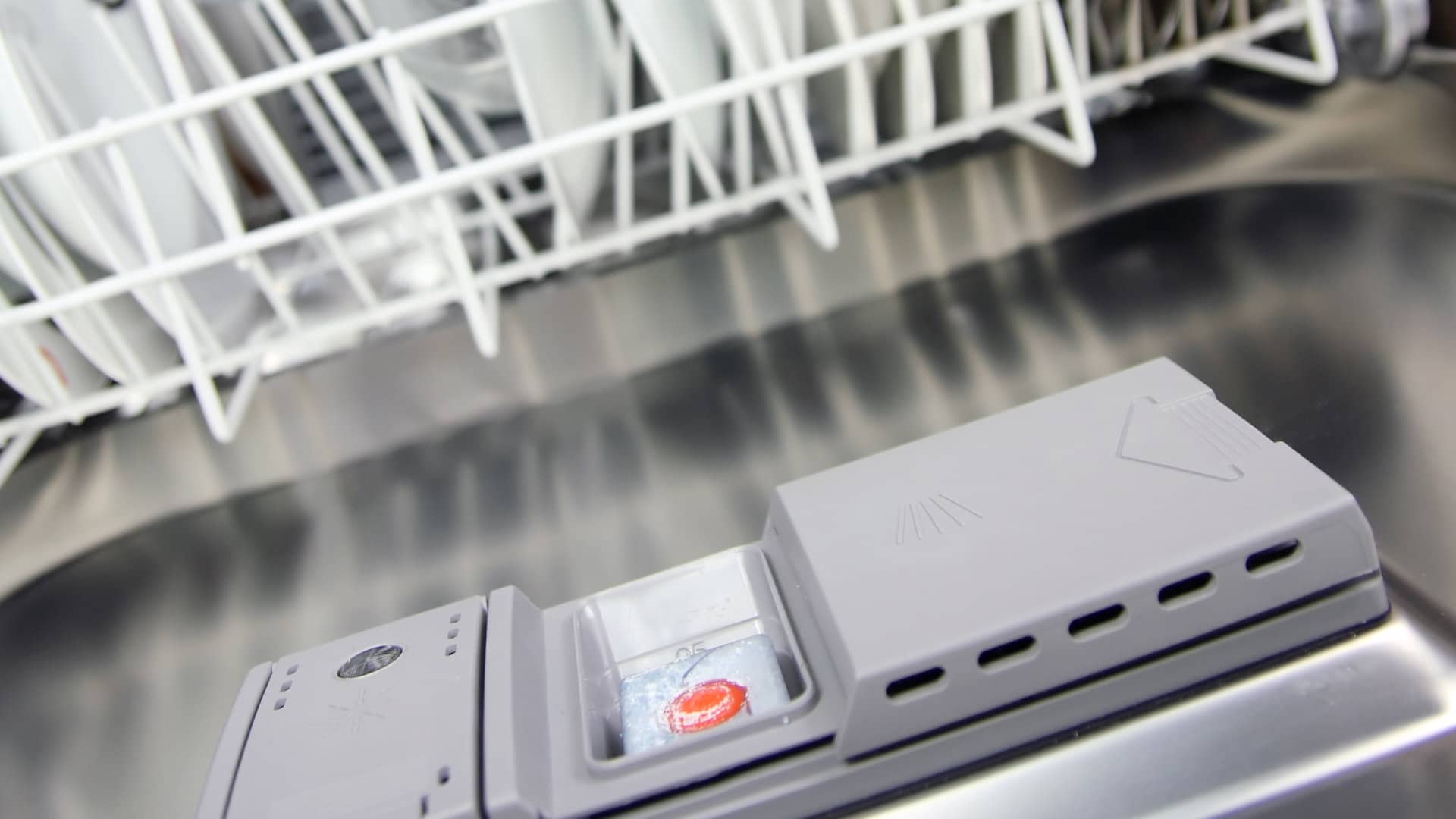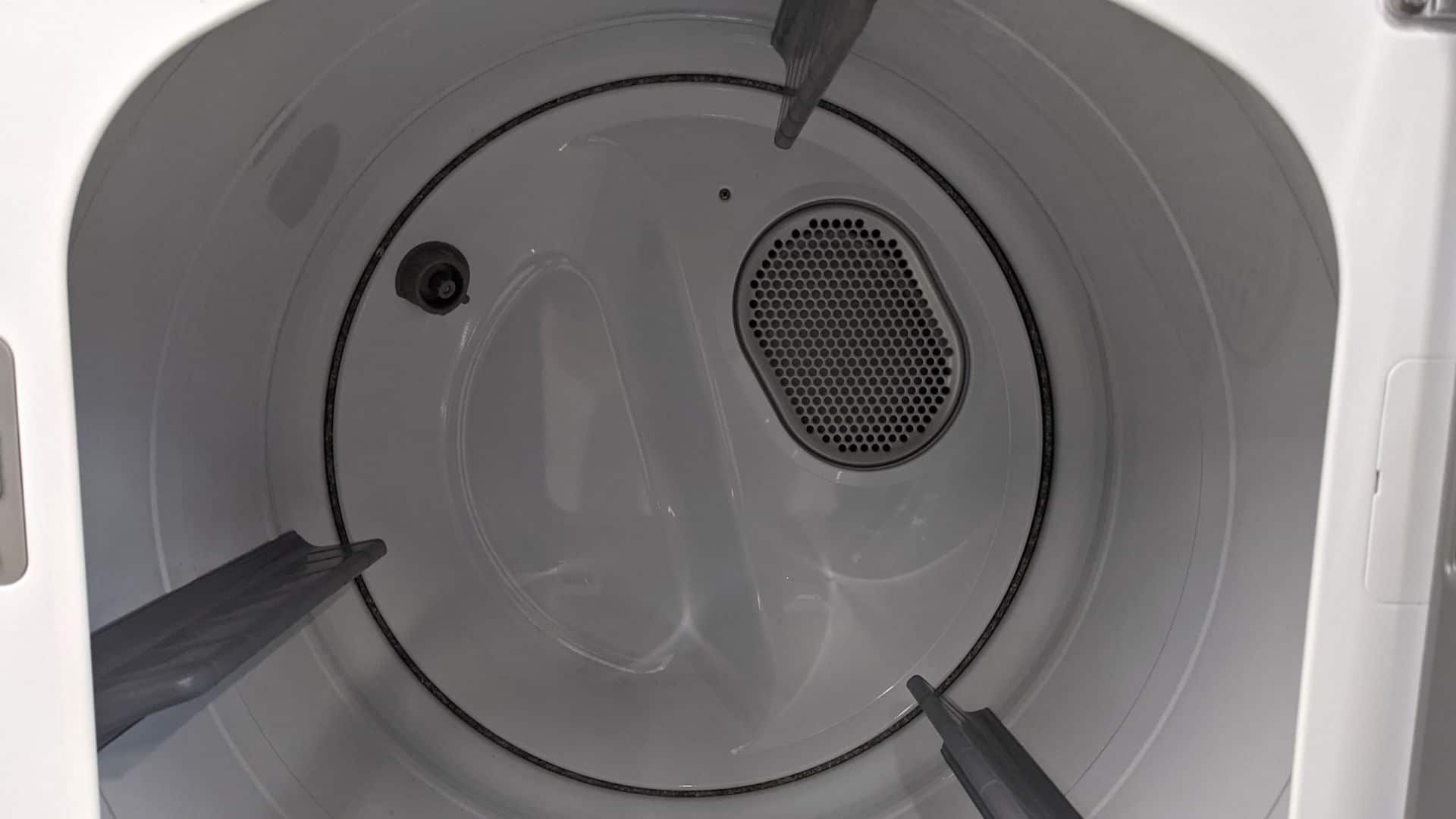
Samsung is generally known for making dependable, high-quality products. However, like all the top brands, sometimes Samsung dryers have problems. The most common issue is that the dryer is not heating, followed by the dryer making loud, unusual noises. Make sure to disconnect the power or gas to the dryer before removing any access panels.
1. Dryer Not Heating
One of the most common issues reported with Samsung dryers is that the dryer is not heating. This issue with Samsung dryers is usually caused by a burnt-out heating element. However, it may also be caused by a blown thermal fuse, a defective thermistor, or a ventilation blockage.
Defective Heating Element
The heating element in a well-maintained dryer should last at least 15 years. However, a burnt-out heating element is often responsible for heating issues with Samsung dryers. The element usually burns out due to wear and tear and a failure to keep the ventilation clear, which puts pressure on the heating element.
The heating element can be visually checked for coils that are damaged or grounded. If a coil is broken, the element will likely need to be replaced. The element can also be checked with a multimeter for continuity (a continuous electrical path). If there is no continuity, the heating element should be replaced.
To check the heating element:
- Unplug the dryer from the power source. If you have a gas dryer, turn off the gas.
- Locate the heating element. On most models, a metal frame will surround the heating coils and hold the heating element leads.
- Check the element for damage, including broken coils.
- Use a multimeter to test the heating element for continuity. If the heating element fails the multimeter test, it will need to be replaced.
Blown Thermal Fuse
Another common issue with Samsung dryers is that the dryer is not heating due to a blown thermal fuse. The thermal fuse is a safety device designed to prevent your dryer from catching fire. With newer models, if the dryer temperature exceeds a certain level, the thermal fuse is blown, and the dryer stops working. With older models, the dryer may continue to work but without producing heat.
To check the thermal fuse:
- Disconnect the dryer from the power source. If you have a gas dryer, turn off the gas.
- Check the dryer’s manual for the location of the thermal fuse. Depending on the model, the dryer’s drum may need to be removed to access the fuse.
- Remove the relevant access panel.
- Test the thermal fuse with a multimeter for continuity.
- Replace a defective thermal fuse with a new one.
Make sure to identify what caused the thermal fuse to blow to prevent the fuse from blowing again. A buildup of lint is often the cause.
Faulty Thermistor or Thermostat
Heating problems with Samsung dryers are also commonly caused because of a defective thermistor (temperature sensor) or thermostat. A continuity test with a multimeter is needed to determine if the thermistor or thermostat needs to be replaced. With most Samsung models, the thermistor and the thermostat are located close to the heating element.
To check the thermistor and thermostat:
- Locate the thermostat leads and use a multimeter to test for continuity.
- Next to the thermostat, you should find the thermistor.
- Repeat the multimeter test on the thermistor.
- If either of these components fails the multimeter test, the component should be replaced.
Clean Out the Ventilation
If the dryer’s ventilation is blocked, the dryer will struggle to heat and may turn off before completing a cycle. First, check that the lint screen is empty. Then, check the ventilation hose that connects to the back of the dryer. Remove the panel that surrounds the ventilation hose to check for further blockages.
The external vent that takes air from the dryer and deposits it outside the hose should be cleaned at least once per year. To check that the external ventilation is working, check for a warm, consistent airflow where the ventilation exits the house. A ventilation cleaning kit or a vacuum attachment can be used to clean the ventilation.
2. Dryer Making Noise
Another common problem with Samsung dryers is a rattling, squeaking, or grinding noise. The noise is usually caused by damaged rollers or bearings, a worn-out dryer belt, or a defective idler pulley.
Damaged Drum Rollers or Bearings
If the drum rollers or bearings are damaged, the dryer will make loud, unusual noises, usually a grinding or squeaking noise. Some dryer models have two rollers at the back of the dryer, while others have two at the front and two at the back. The rollers also have bearings in them, which can wear on the axles. When you examine the rollers, make sure that they spin freely. If the rollers have completely worn out, they are likely to have also damaged the axles. If a roller, axle, or bearing is damaged, it will need to be replaced.
Worn Dryer Belt
The dryer belt is part of the pulley system that rotates the dryer drum. A loud thumping noise indicates that the dryer belt is worn or broken and needs to be replaced. A drum that cannot easily be rotated also indicates a faulty dryer belt. To check the dryer belt, unscrew the relevant access panel. If the belt is broken or loose, replace the belt.
Defective Idler Pulley
In the past, Samsung dryers have been known to have problems relating to the idler pulley. The idler pulley allows the drive belt to operate smoothly by keeping tension on the drum belt to prevent slippage when the dryer is in use. The idler pulley can wear out over time because of friction and its high rotation speeds. Initially, a faulty idler pulley will make a loud squeaky noise, but it can progress to a thumping or scraping sound.
To check the idler pulley, remove the relevant access panel and inspect the pulley. Look for signs that the spring mechanism is not working or that the pulley bearing is not turning freely. Lubricating the bearing may solve the issue; otherwise, replace the faulty part.
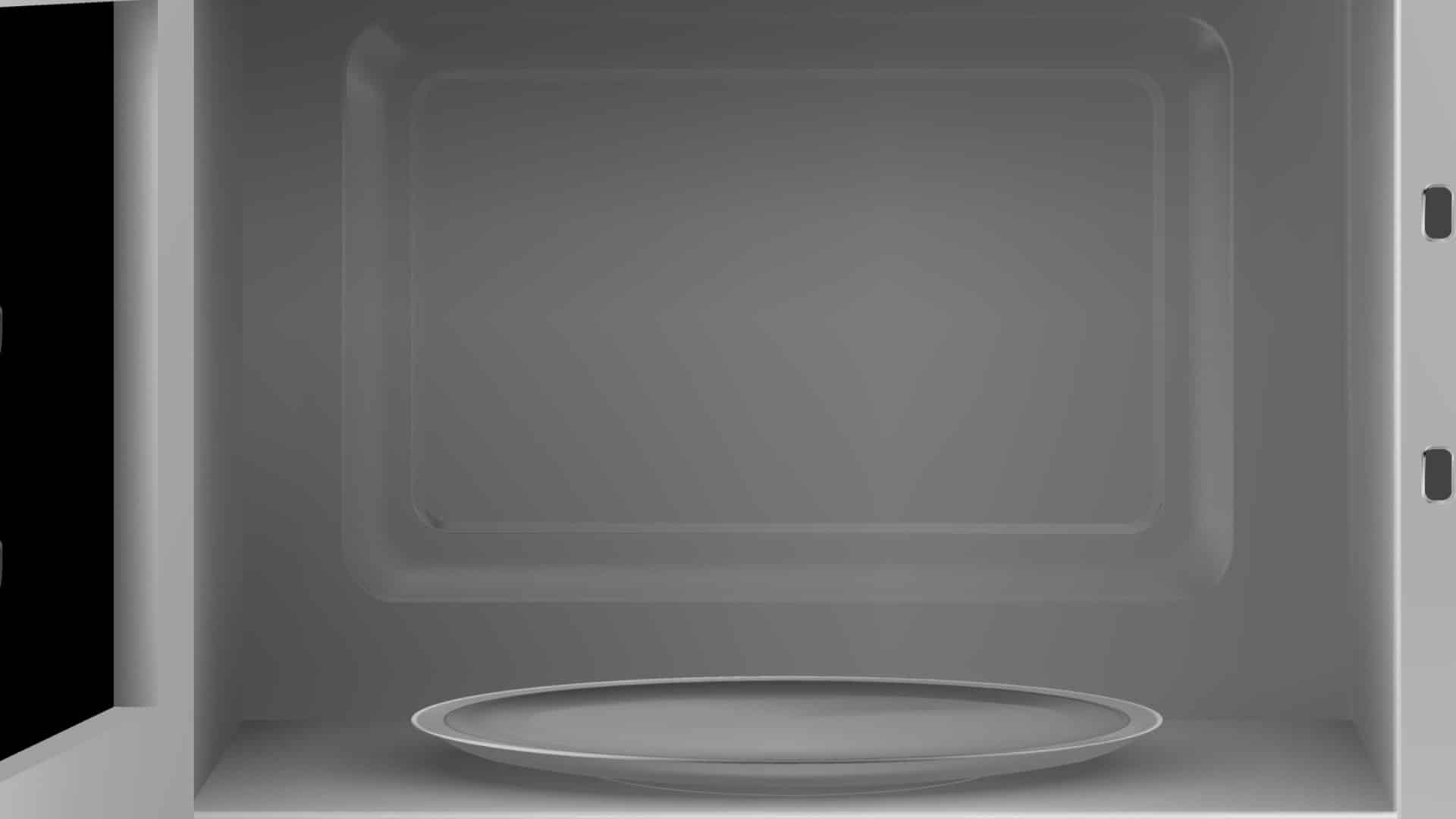
How to Fix a Microwave Door That Is Loose or Broken
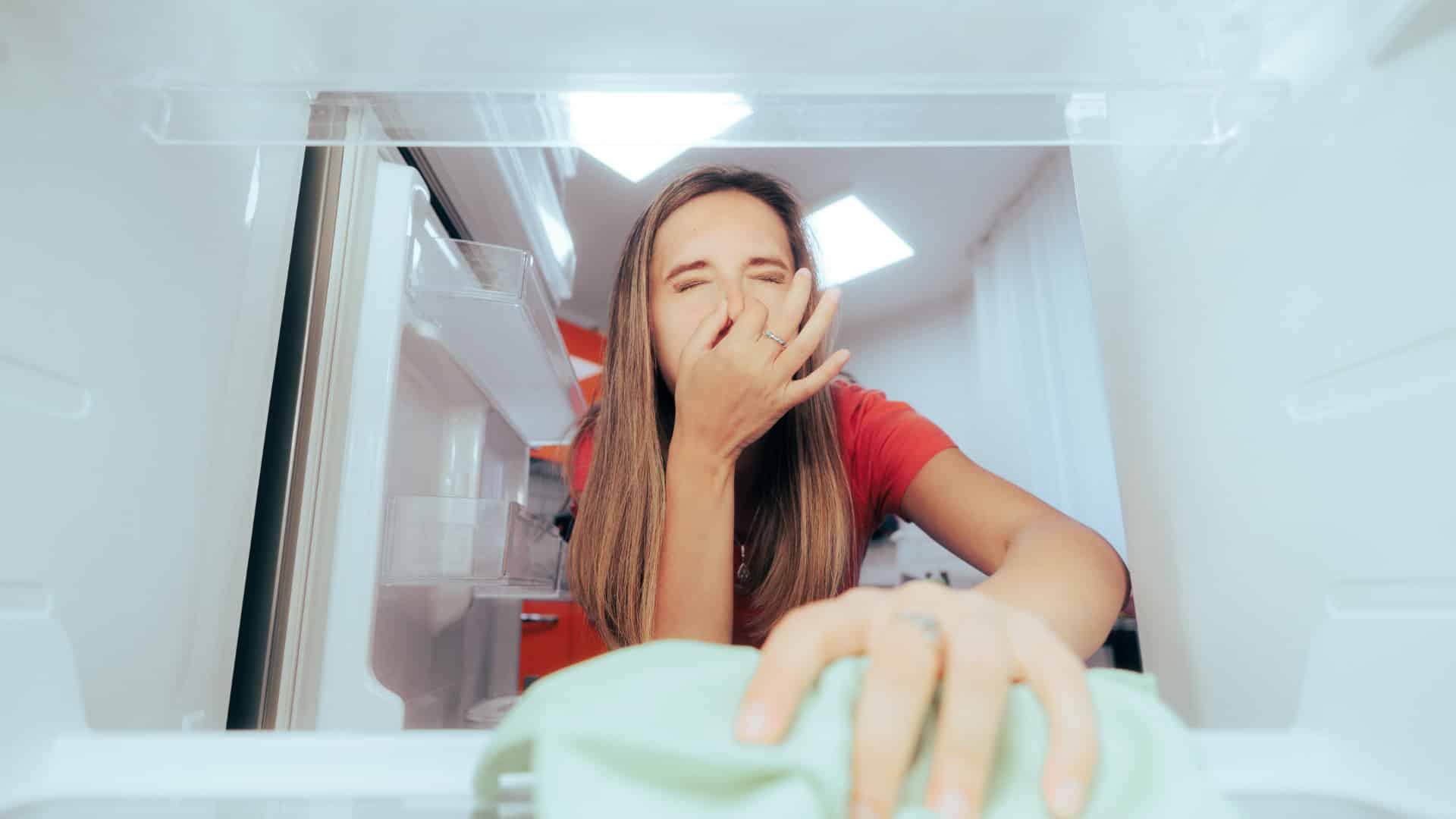
How to Clean a Smelly Refrigerator Quickly
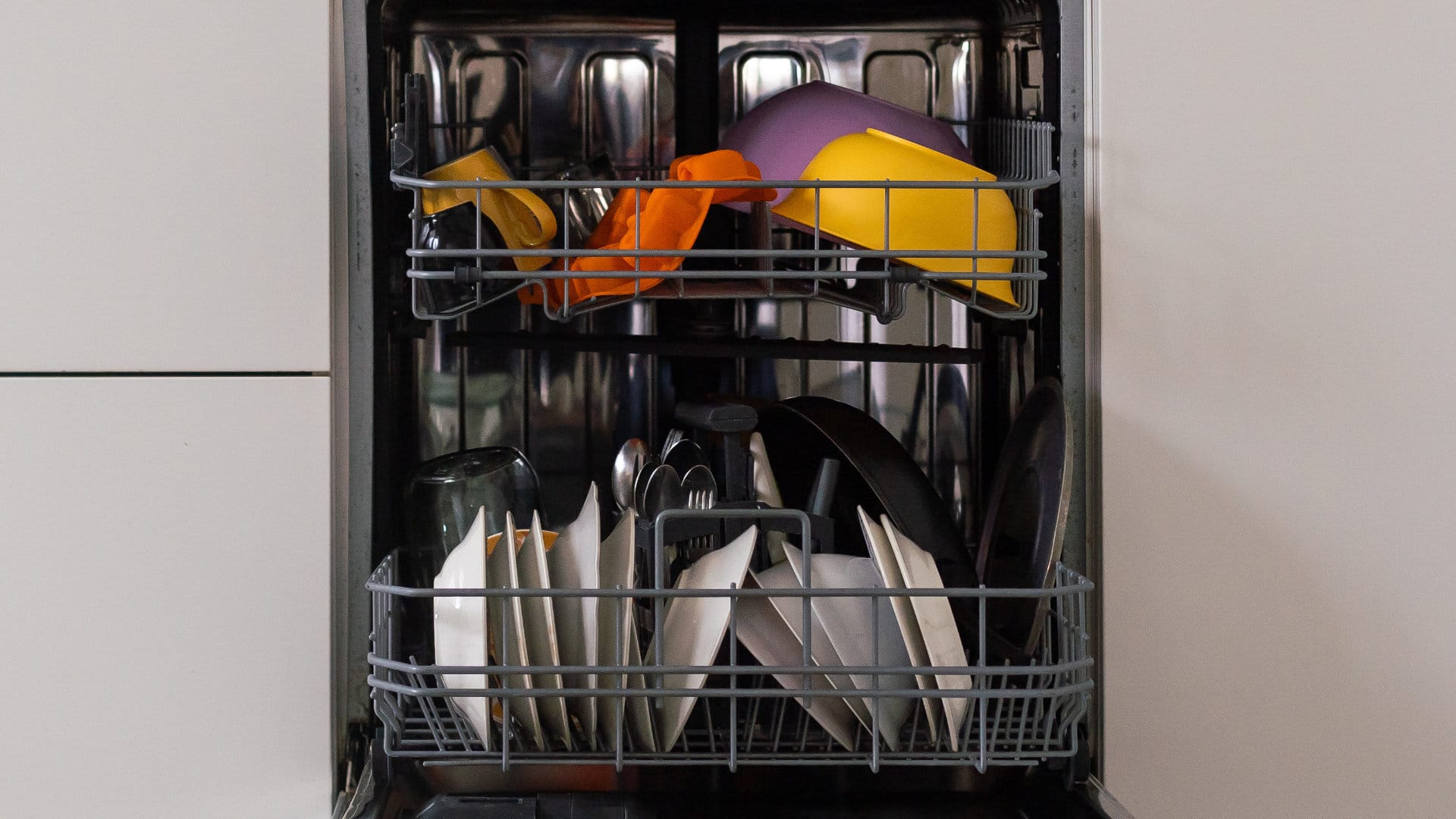
Troubleshooting LG Dishwasher OE Error Code: Causes and Solutions
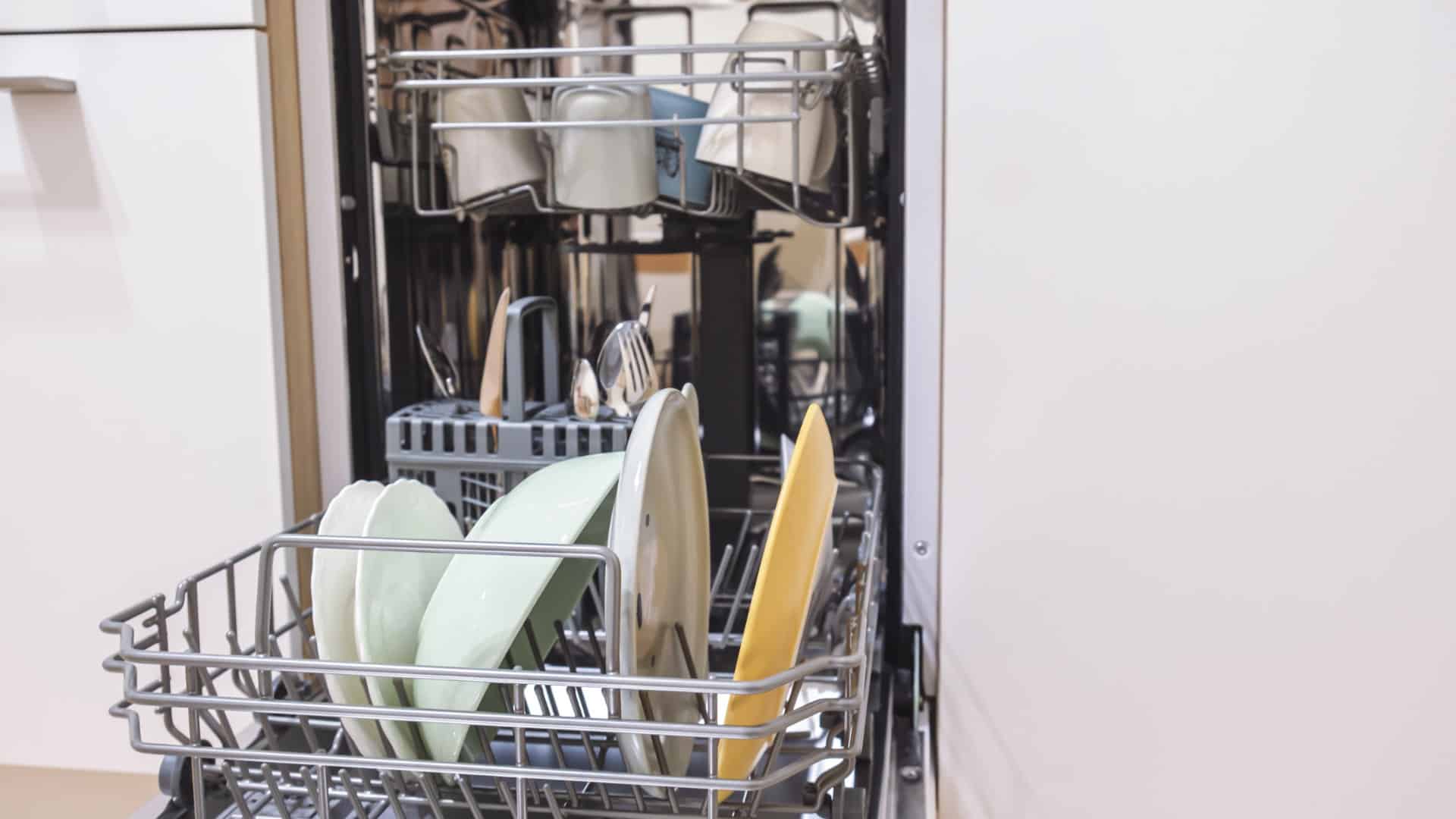
How to Fix an Amana Dishwasher Not Drying
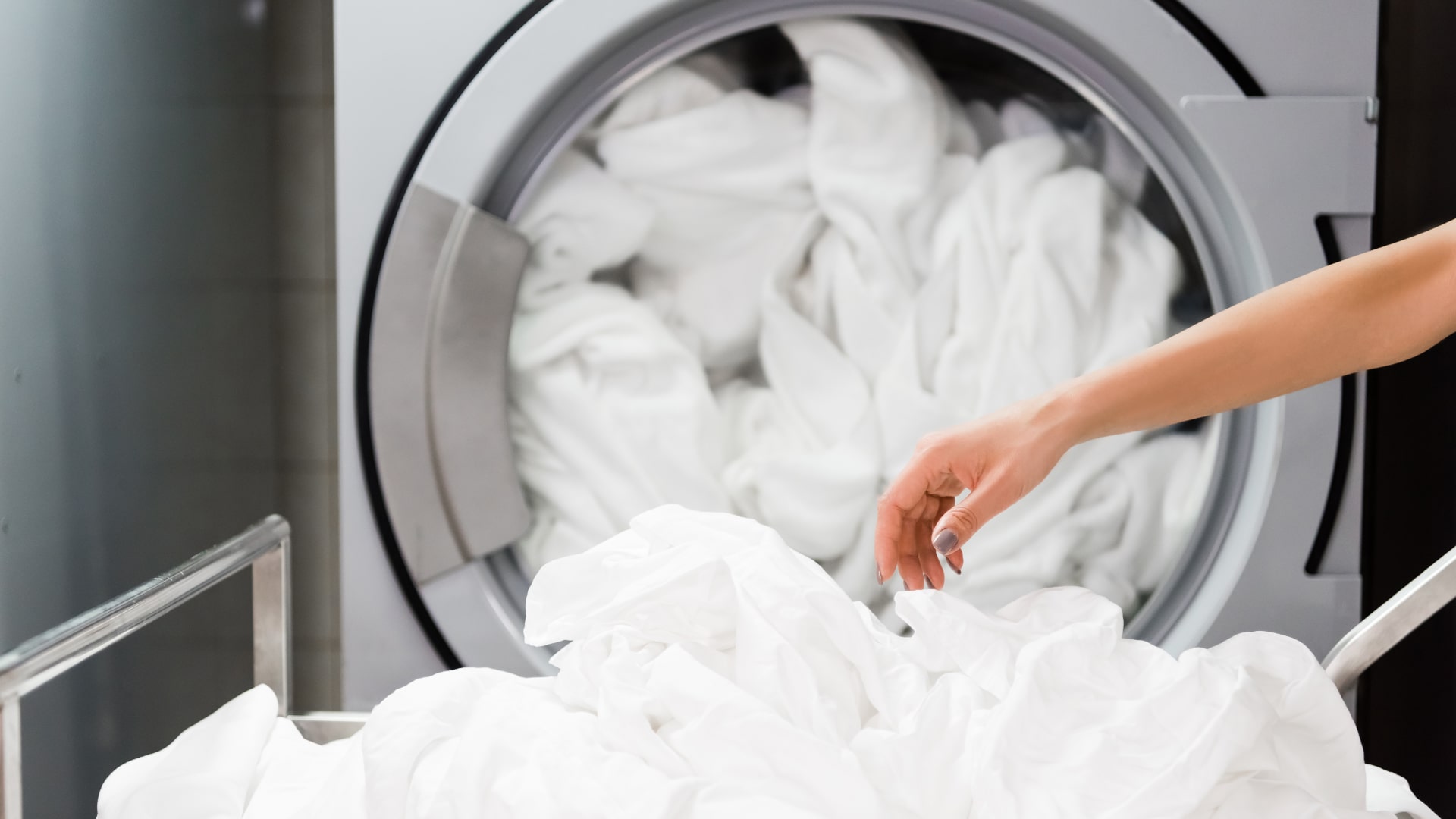
How to Dry Bedsheets in the Dryer
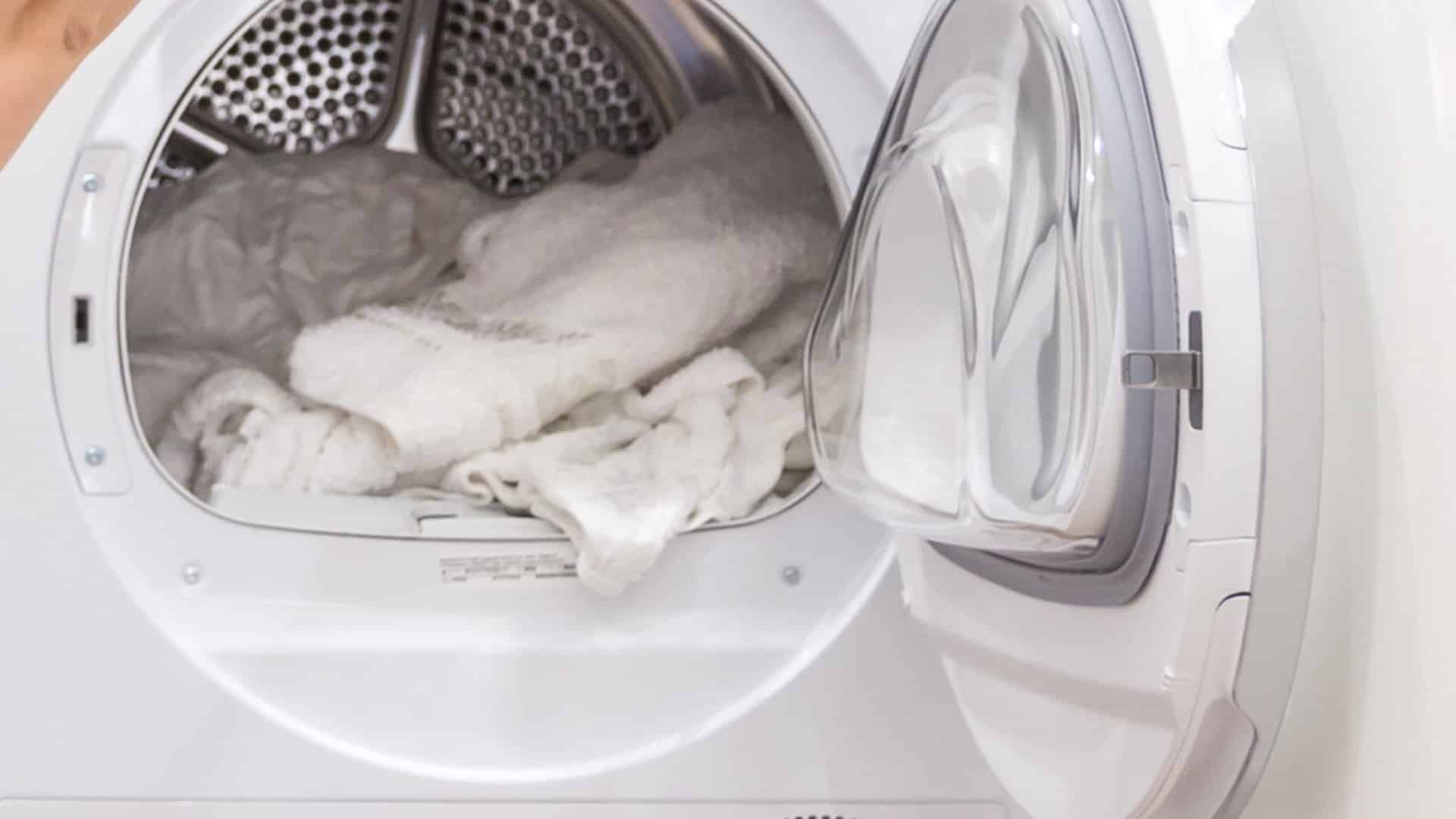
Dryer Won’t Start? Common Reasons And Solutions
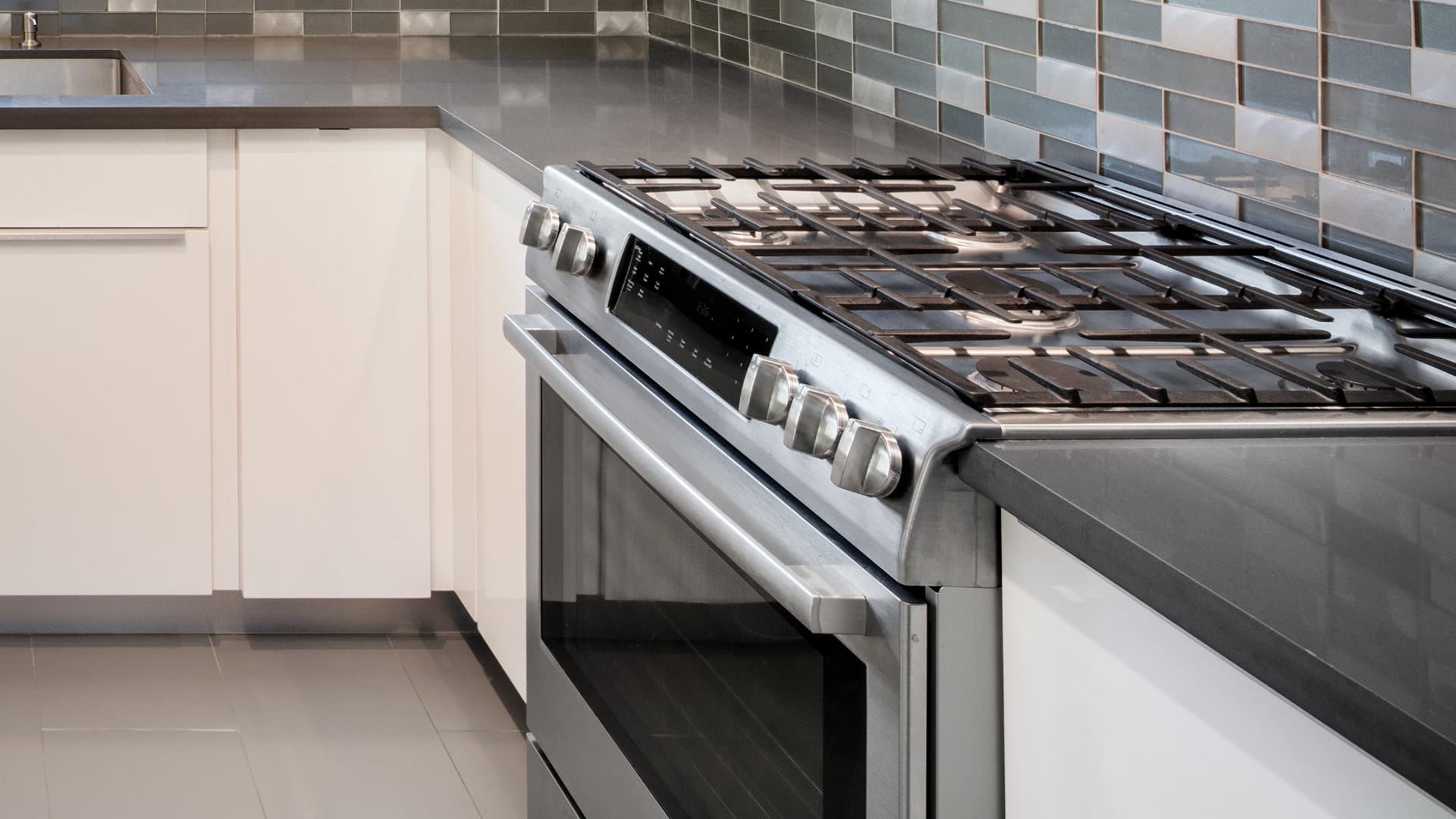
5 Dangers of Self-Cleaning Ovens

How to Replace a Washing Machine Faucet
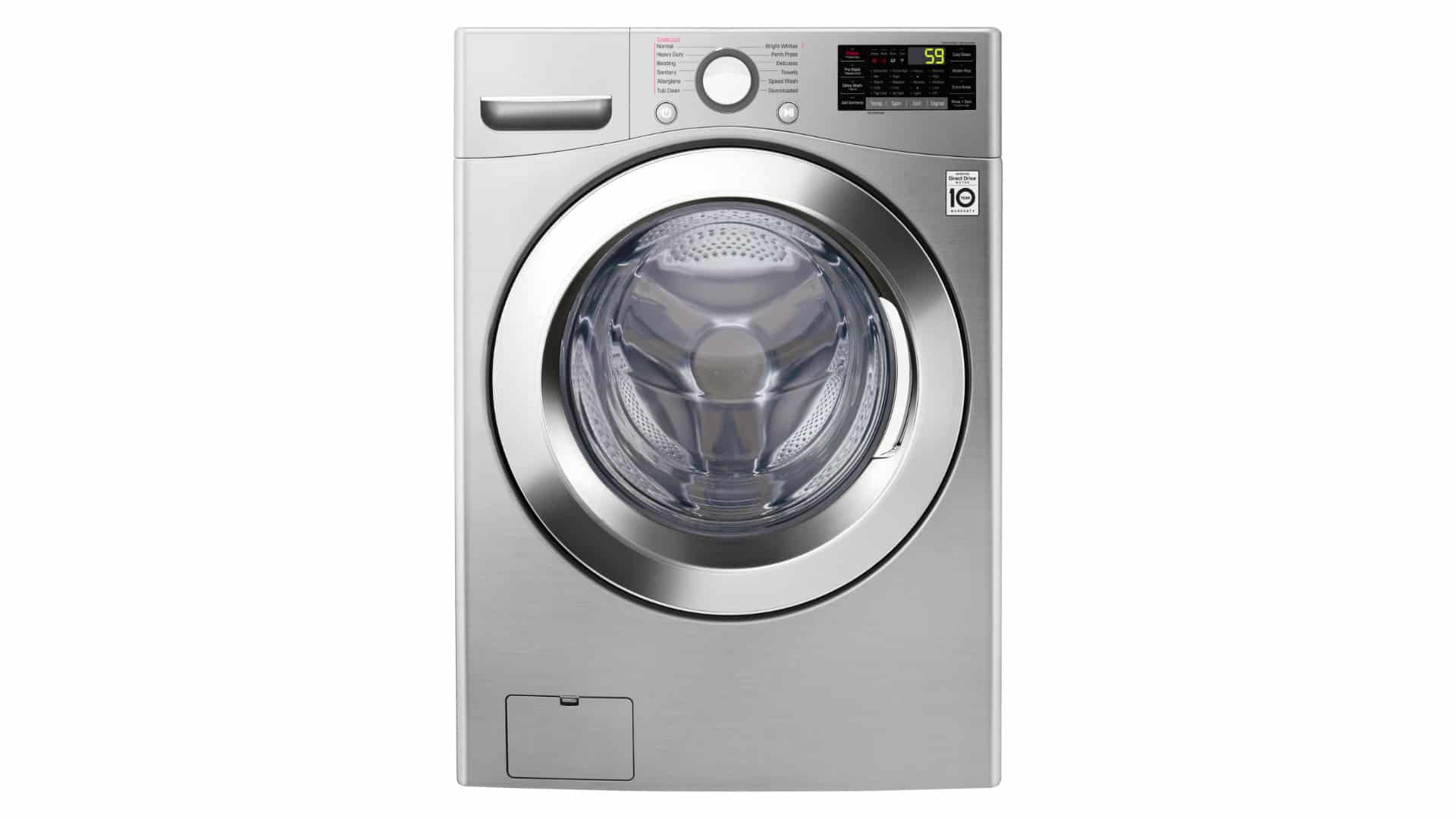
LG Washer Error Code UE Explained
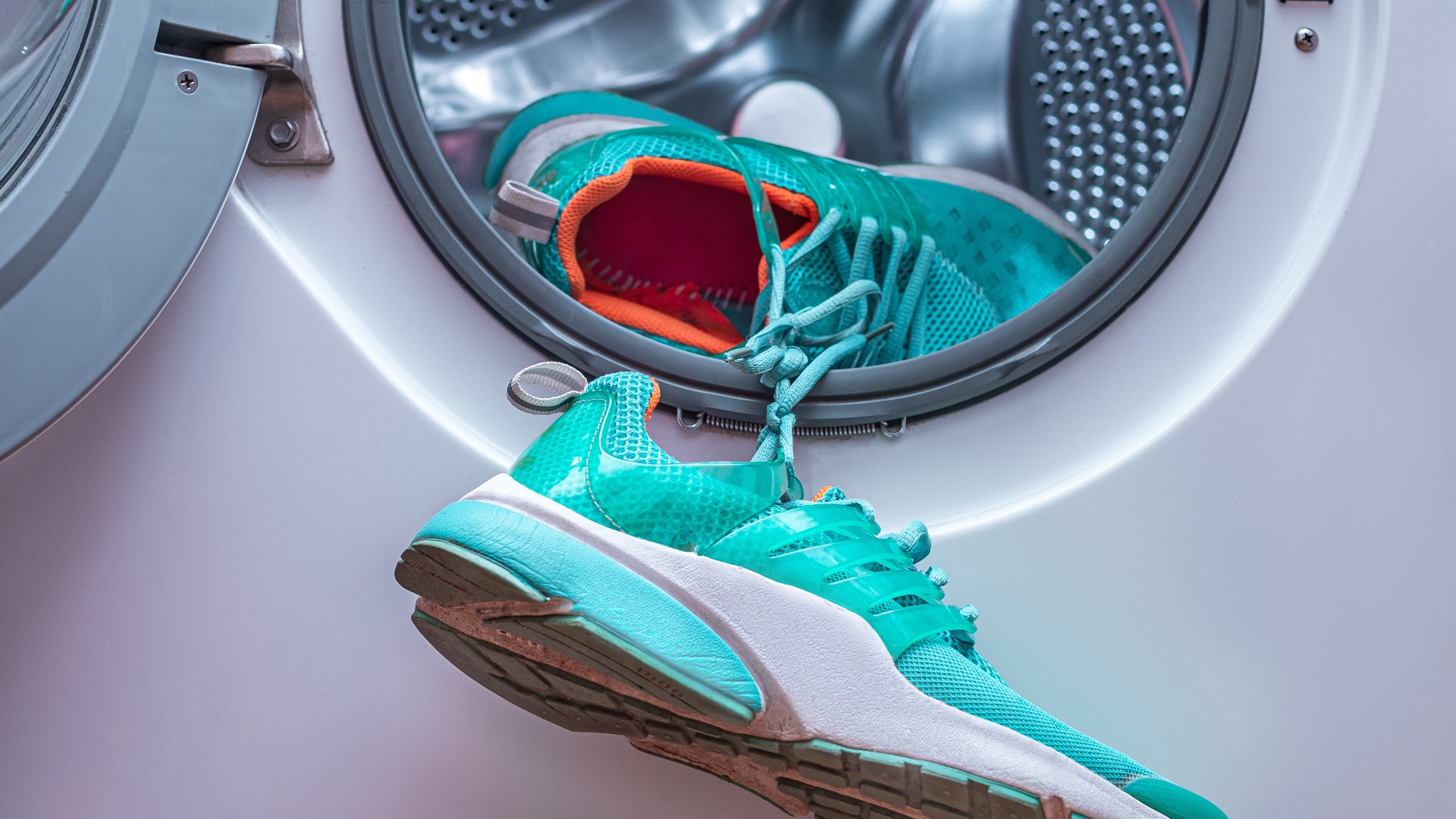
How To Wash Shoes in The Washing Machine
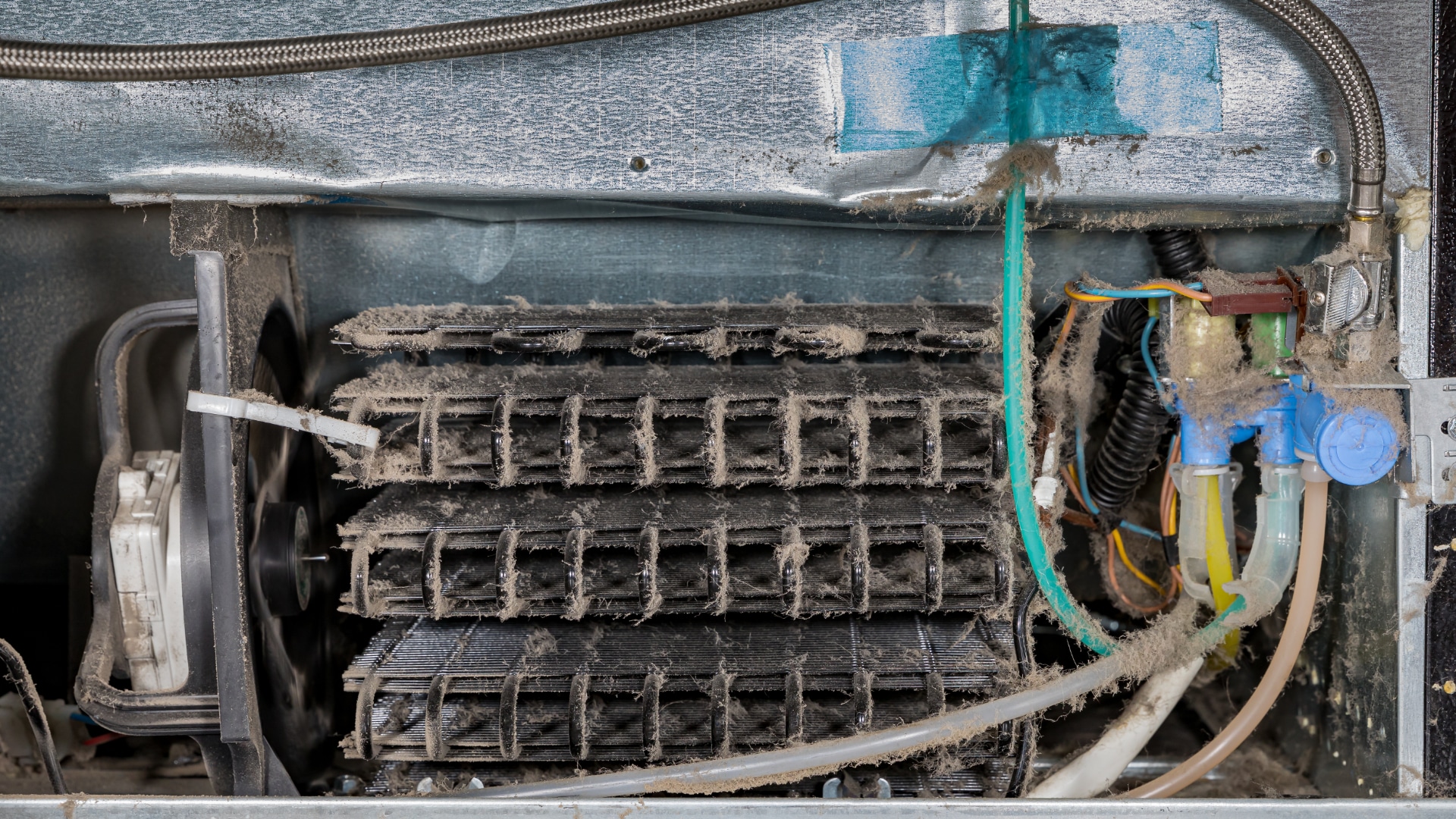
How To Clean Refrigerator Coils

LG Ice Maker Tray Not Turning? How To Fix It
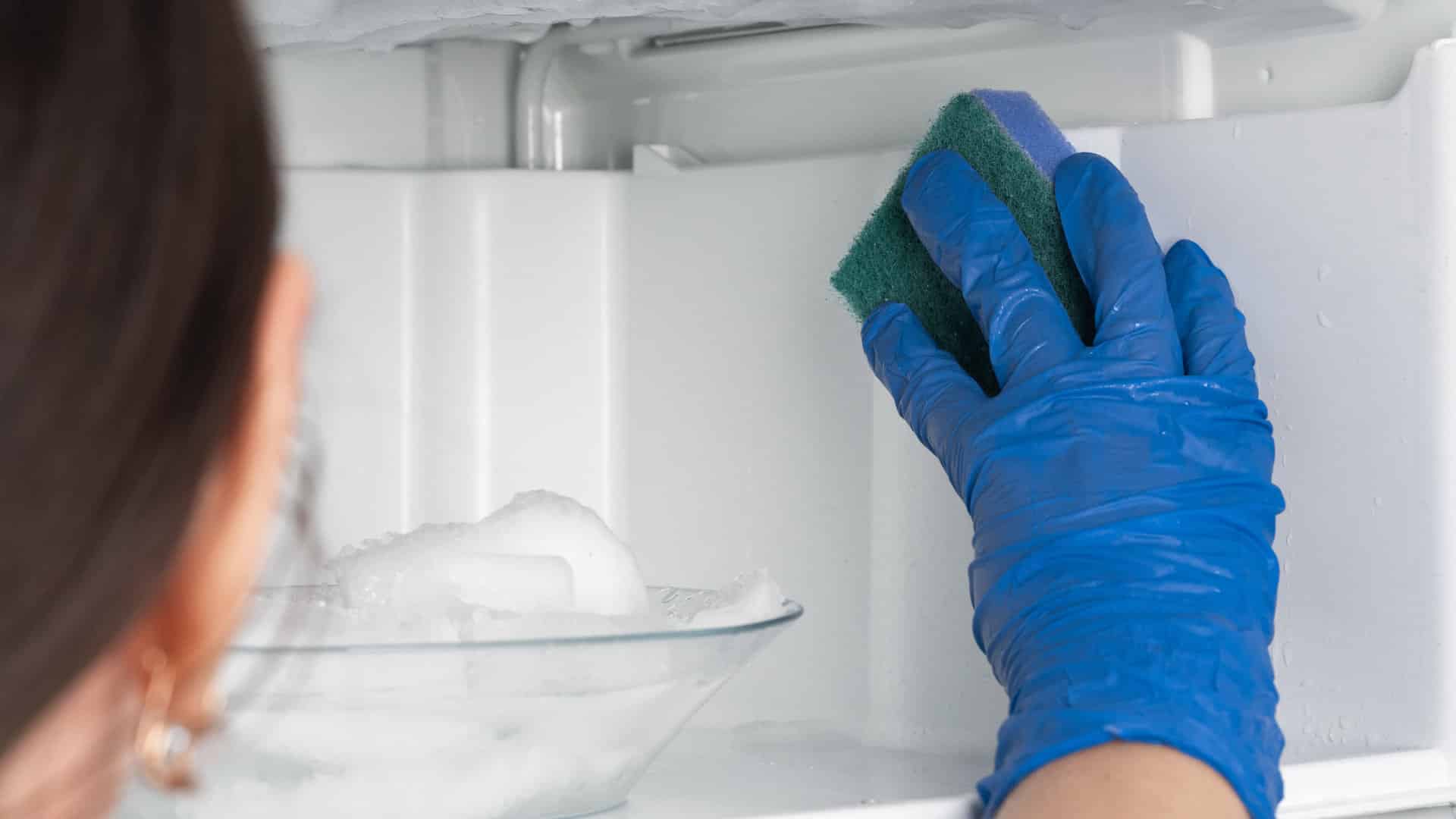
How To Clean a Freezer (in 5 Steps)
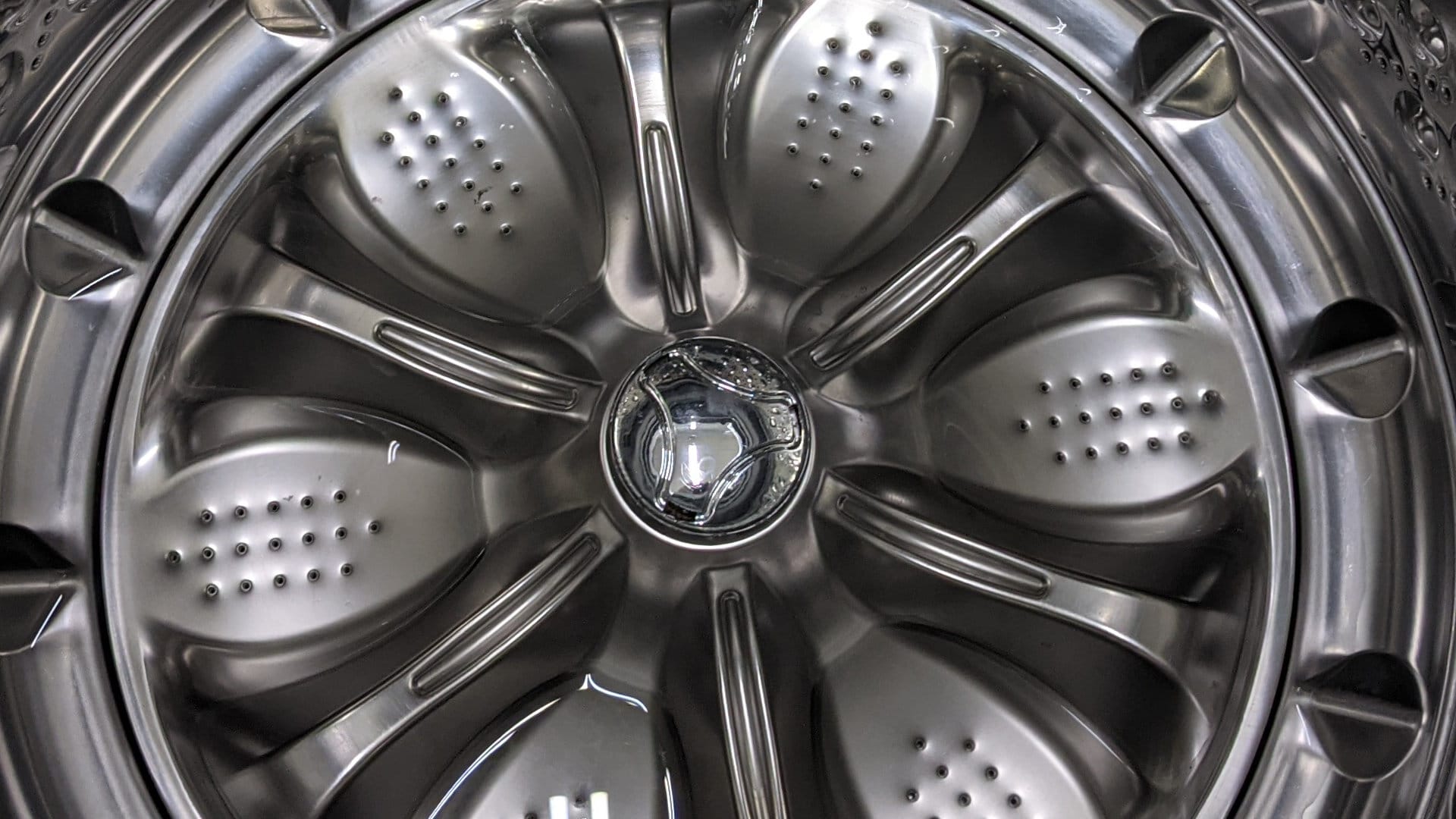
Samsung Washer Error Code SC: How To Fix It
